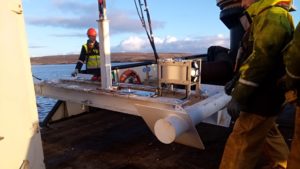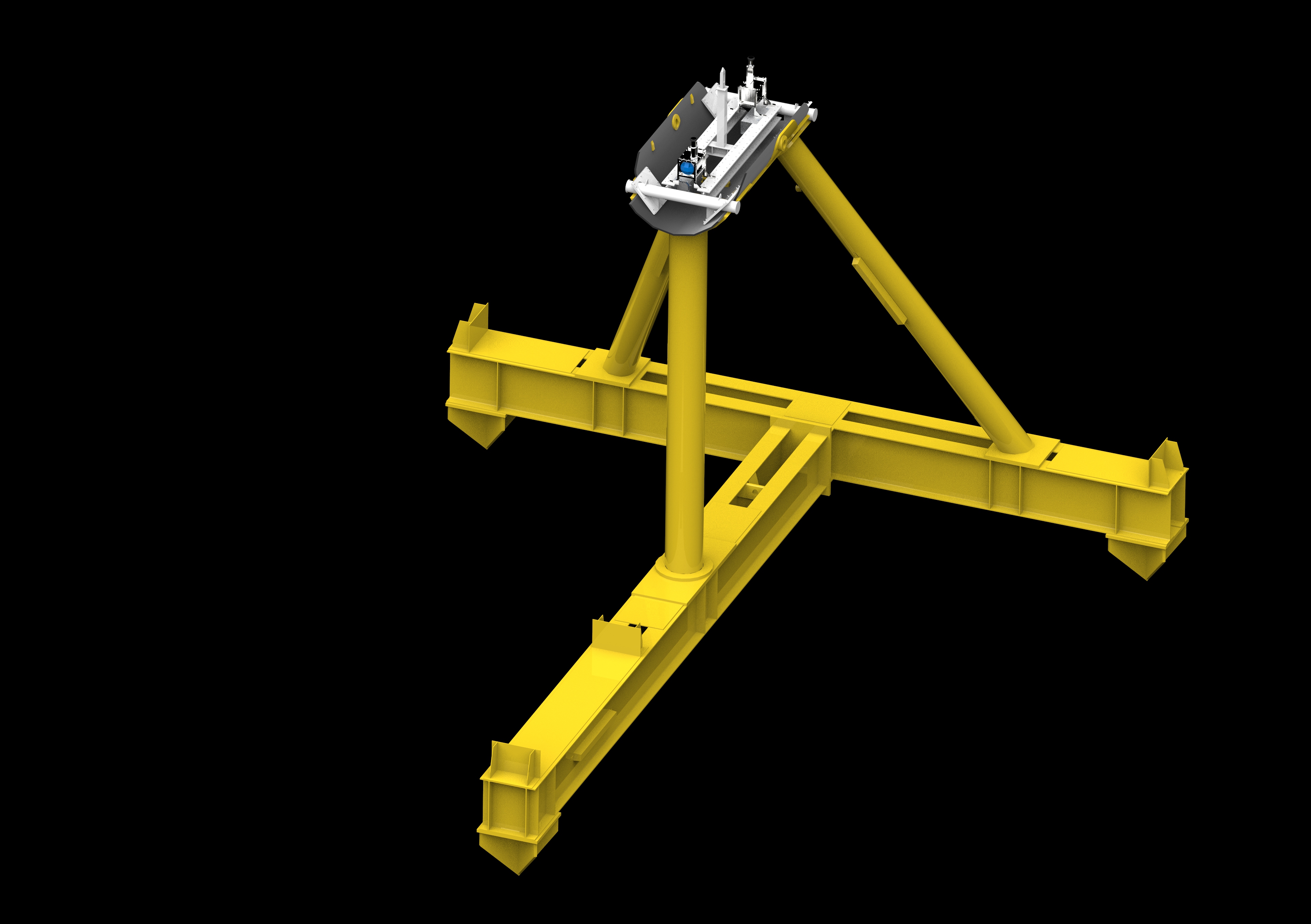Published:
23 February 2018
Written by:
Offshore Renewable Energy (ORE) Catapult
Tags: Work package 10
Graduate Engineer Sam Porteous from ORE Catapult explains an innovative approach to collecting tidal flow and turbulence data for tidal turbines

One of the EnFAIT project’s key objectives is to investigate turbine array effects to create an optimised turbine design that can withstand the powerful forces found on energetic tidal sites. Nova Innovation’s turbines are installed in Bluemull Sound: a tidal channel in Shetland, Scotland which provides a perfect real-world laboratory for proving technology and array layouts that can then be deployed in other locations.

A crucial part of this investigation is finding out how turbulent the flow is in the channel, as this has a direct effect on the forces experienced by the turbines in the tidal flow. Knowing what forces the turbines are going to be subjected to as they operate will help Nova Innovation to optimise future designs.
The first step toward this is studying the flow in the tidal channel. To do this, ORE Catapult and Nova Innovation are placing a number of instruments in the water to measure the flow and turbulence in and around the locations where the tidal turbines are going to be operating. We have to design and build measurement systems and instruments that are as robust as the turbines and can withstand years of continuous operation in harsh subsea conditions.
Because the turbine nacelles and blades disturb the flow, it is interesting to measure the flow and turbulence when they are not present. We have developed a method of taking measurements at turbine hub height, around 9 metres above the seabed using a temporary frame which can be installed on turbine substructures when the turbine nacelles are removed for maintenance (see image). We designed mountings for sensors, including acoustic doppler current profilers (ADCPs) which measure tidal current velocities through the water column and electromagnetic flowmeters and acoustic turbulence meters which measure flow properties at point locations.
The instrumentation frame rests on a vacant substructure as shown in the diagram below. This innovative approach to taking measurements at the height of the turbine hub means that we will be able to gather long term tidal flow and turbulence data in the exact locations of each turbine. The data gathered will improve our understanding of flow dynamics on this site and allow us to refine the computer models simulating the operation of the tidal turbines – key elements of successfully delivering the EnFAIT project.

In combination with additional load measurements on the turbine blades and drive train, this tidal flow data will help Nova Innovation develop an efficient, resilient turbine that reduces the cost of tidal energy and accelerates the tidal energy industry towards competitiveness.

